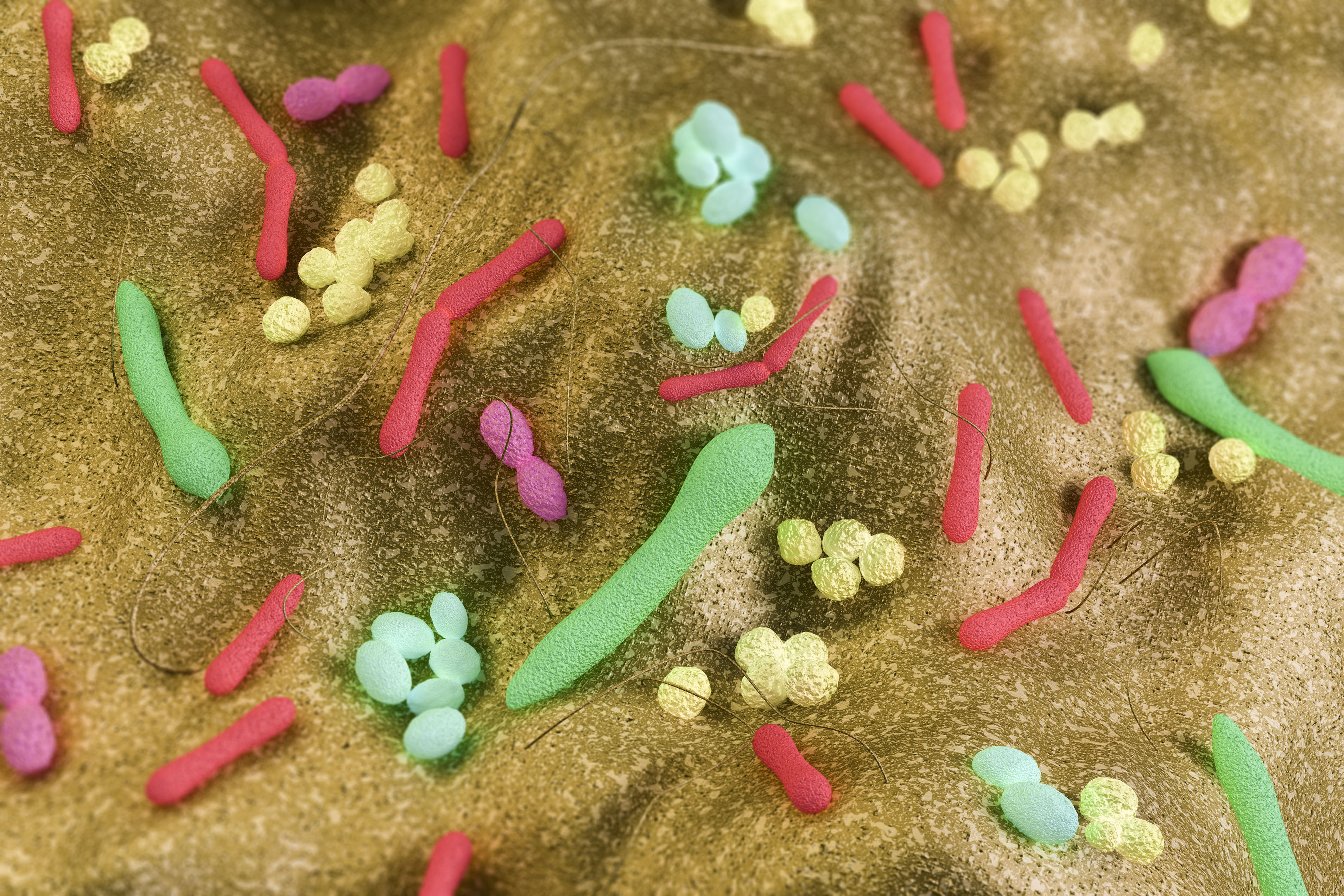
CALGARY—There’s no such thing as an easy coffee run or a quick bathroom break for the dozen or so staffers at a new laboratory opening in Calgary on Thursday.
That’s because anyone and anything entering the facility—part of the Western Canadian Microbiome Centre at the University of Calgary—must be thoroughly cleansed of bacteria, viruses, fungi and other microscopic critters.
At this lab, the largest operation of its kind at an academic institution in the world, research will focus on the trillions of tiny life forms that inhabit our bodies and play an instrumental role in our health, known collectively as the microbiome.
“We think of it actually as another organ,” says Kathy McCoy, the centre’s scientific director.
“And so if any organ in your body gets sick, it’s going to have an impact on your health.”
Humans are colonized by microbes from the second they are born and are never without them from then on. McCoy says they play a key role in training the immune system and a host of other functions. Scientists have even been researching a potential link between gut microbes and autism.
“If you want to harness the power of the microbiota, you need to understand what it does,” she says.
The centre will have the technology to create images of cells in real time, label and track them and amass data on a large scale.
The researchers need both a blank, germ-free canvas to conduct their experiments and the ability to re-introduce specific micro-organisms they want to test.
That means there are layers upon layers of safeguards to avoid contamination.
An employee’s workday begins with a thorough shower right as they enter the cramped entrance to the subterranean, windowless, maze-like space.
Shampoo is a must. But so is conditioner, as microbes are less likely to stick to silky, smooth hair, says McCoy.
The workers then change into sterile scrubs, Crocs shoes, paper coveralls, a face mask, hair net and gloves. When they leave the lab for lunch or for a bathroom break, they must repeat the process to get back in.
It’s hot work and the only beverage they can have inside the lab is water.
McCoy, who has spent years working at germ-free facilities at Hamilton’s McMaster University and another in Switzerland, advises her colleagues at the new lab to “just look at it as a normal thing.”
Planning is key, she says.
“Be prepared. Realize that if you are going to drink three litres of water in the morning, you might have to go out and shower back in,” she says.
“Make sure you don’t forget something outside. Bring stuff and leave it inside that we all need in a routine basis.”
Phones and laptops are allowed, but they must be blasted with sterilized air in a narrow chamber lined with dozens of jets. Jewelry is OK so long as it doesn’t risk poking holes in protective garments.
Because the experiments are done on germless mice, no one who works in the lab may have a pet rodent at home or a pet snake that eats rodents. Dog and cat owners are allowed, though.
Everything from the mice’s food to their bedding must be sterilized before it’s brought into a transparent box called an isolator, which lab workers can handle from the outside through plastic sleeves.
There are no floor drains throughout the lab, lest any microbes come up from the pipes. Air from the outside is filtered before it is pumped in and all room have a positive air pressure, meaning more air is being blown out than in.
The entire microbiome centre has a price tag of around $50 million and has so far met about half of its funding needs through a $9.9 million federal grant in 2015 and $15 million from the university’s Cumming School of Medicine.
Shaunna Huston, director of programs and business at the microbiome centre, says the university was chosen as the base because it’s where the talent and expertise is.
“Here at the university one of our greatest strengths is chronic diseases,” she says.
“And so the university has made that a priority.”